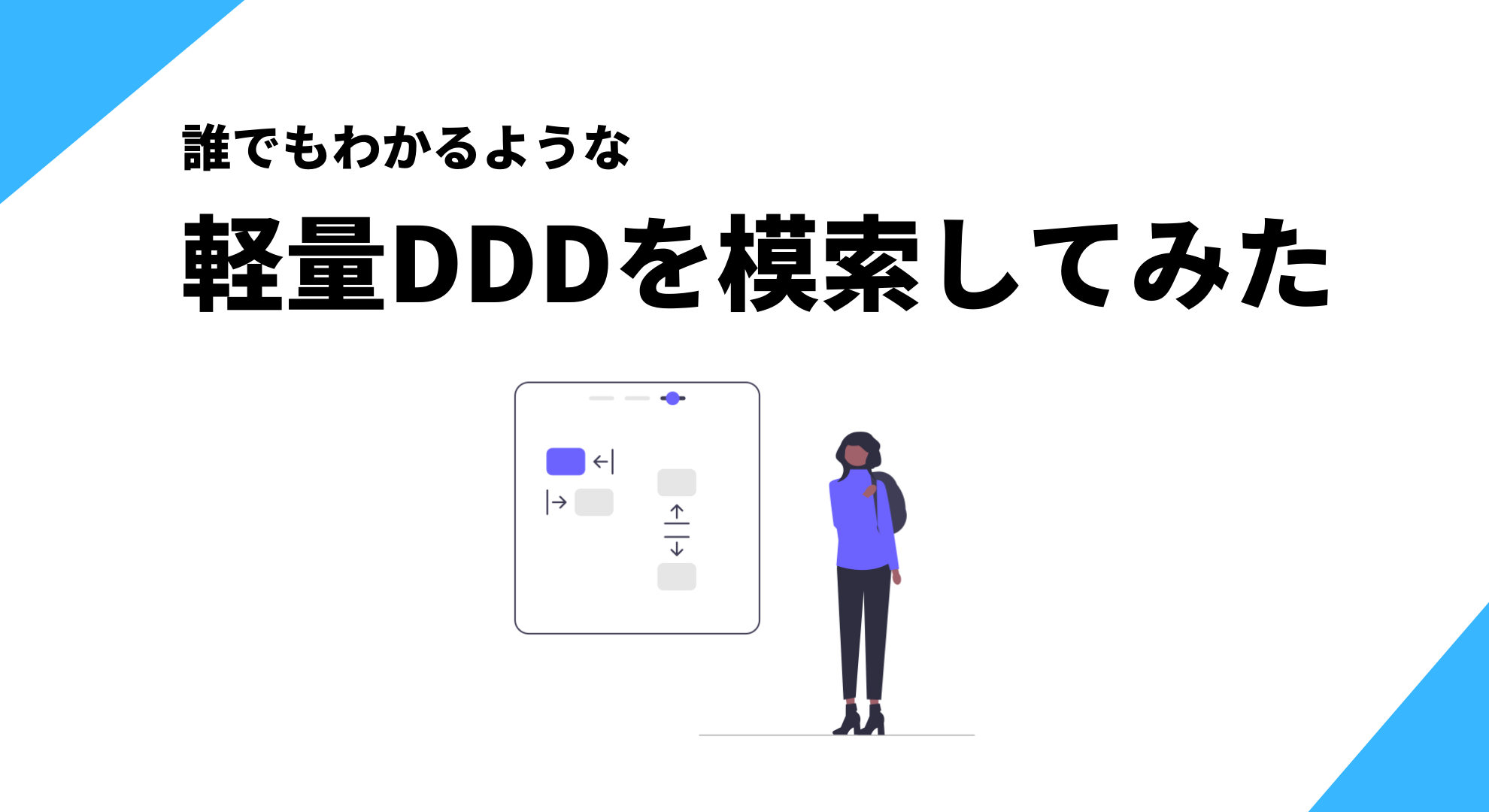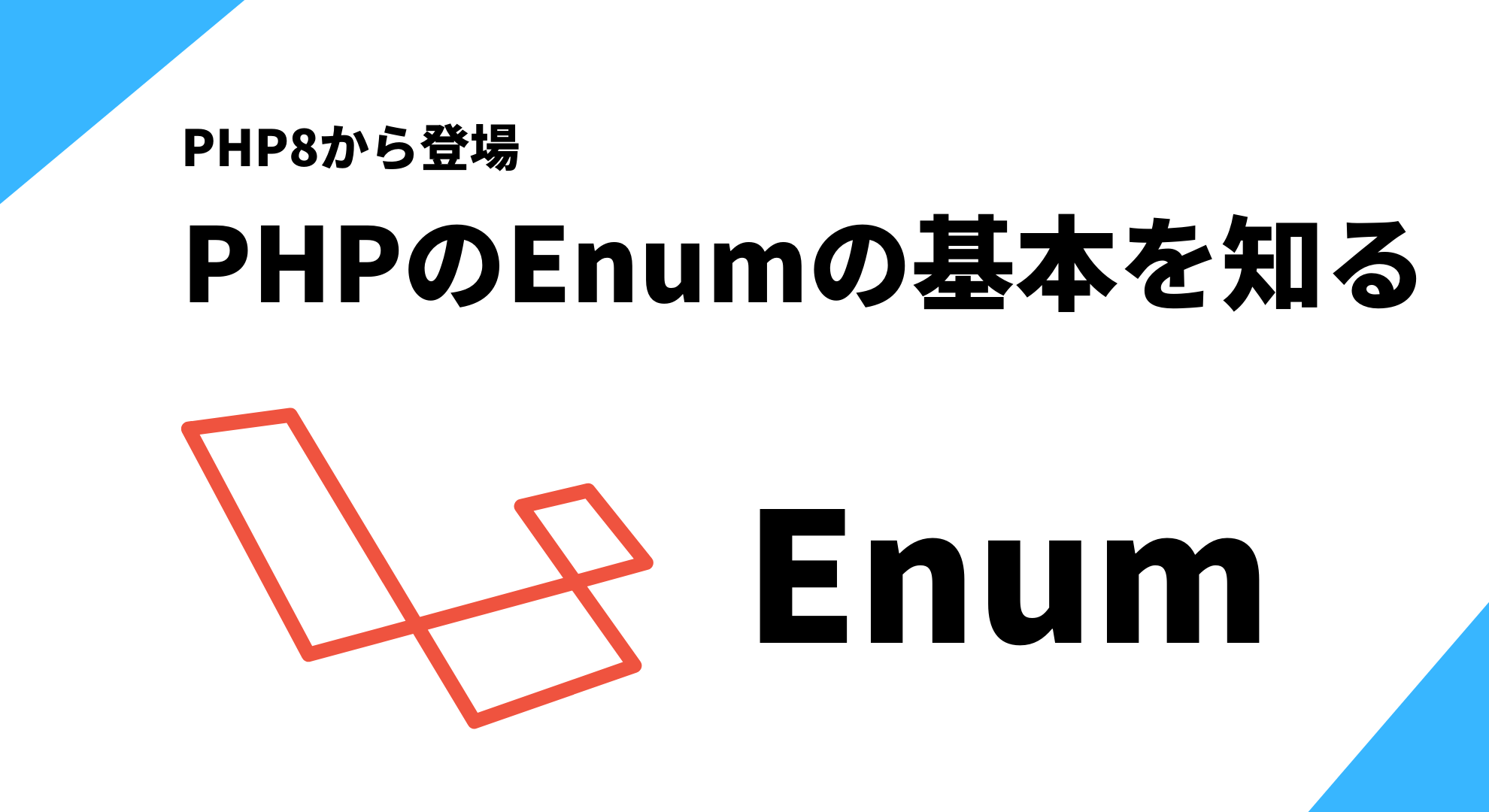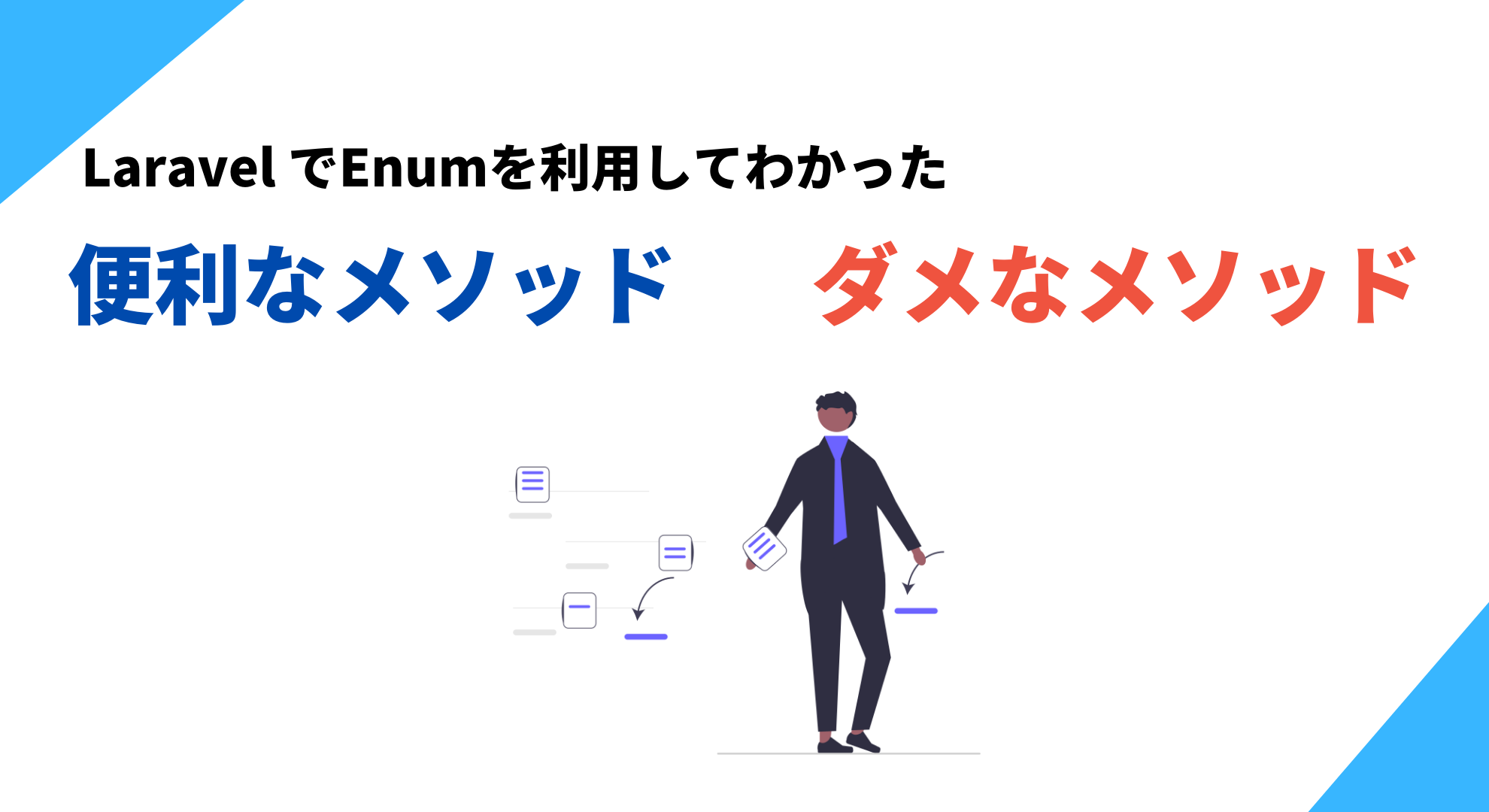あわせて読みたい


sanitize-htmlのドキュメントを翻訳
サニタイズで利用するsanitize-htmlの翻訳をしました。 翻訳対象は下記になります。 【sanitize-html】 sanitize-htmlは、明確なAPIを備えたシンプルなHTMLサニタイザー…
こちらのsanitize-htmlを利用していきます
まずはインストールです。
npm install sanitize-htmlinstallが完了したら、importします
import sanitizeHtml from 'sanitize-html';importしたsanitaizeHtmlを利用して、サニタイズします
const dirty = 'some really tacky HTML';
const clean = sanitizeHtml(dirty);dirtyがサニタイズ前で、sanitizeHtml(dirty)によって、サニタイズされた値を取得できます。
サニタイズの内容はオプションで設定可能です。
sanitizeHtml(サニタイズしたい値, オプション);オプションのデフォルト設定は、下記です。
// 使用可能なHTMLタグ
allowedTags: [
"address", "article", "aside", "footer", "header", "h1", "h2", "h3", "h4",
"h5", "h6", "hgroup", "main", "nav", "section", "blockquote", "dd", "div",
"dl", "dt", "figcaption", "figure", "hr", "li", "main", "ol", "p", "pre",
"ul", "a", "abbr", "b", "bdi", "bdo", "br", "cite", "code", "data", "dfn",
"em", "i", "kbd", "mark", "q", "rb", "rp", "rt", "rtc", "ruby", "s", "samp",
"small", "span", "strong", "sub", "sup", "time", "u", "var", "wbr", "caption",
"col", "colgroup", "table", "tbody", "td", "tfoot", "th", "thead", "tr"
],
disallowedTagsMode: 'discard',
// 使用可能なattributes
allowedAttributes: {
a: [ 'href', 'name', 'target' ],
// 現在、デフォルトではimg自体を許可していませんが
// これらの属性は、もしそうするならば、意味をなすでしょう。
img: [ 'src', 'srcset', 'alt', 'title', 'width', 'height', 'loading' ]
},
// これらの多くは、デフォルトで表示されないようになっています。
selfClosing: [ 'img', 'br', 'hr', 'area', 'base', 'basefont', 'input', 'link', 'meta' ],
// 許可するURLスキーム
allowedSchemes: [ 'http', 'https', 'ftp', 'mailto', 'tel' ],
allowedSchemesByTag: {},使用可能なタグやattributeやstyleを指定できます。正規表現での指定も可能なので、限定的に適用が可能です。
それでは全体像が見えたところで、sanitaizeHtml.vueを作成して、vueで利用していきます。
<template>
<div v-html="html" class="ql-editor p-0"></div>
</template>
<script>
import sanitizeHtml from 'sanitize-html';
export default {
props: {
propsHtml: {
type: String,
required: true,
},
},
data() {
return {
html: sanitizeHtml(this.propsHtml, {
// 使用可能なattributes
allowedAttributes: {
'*' : [ 'class' ],
a: [ 'href', 'name', 'target' ],
img: [ 'src', 'srcset', 'alt', 'title', 'width', 'height', 'loading'],
span: ['style'],
},
// 使用可能なstyle
allowedStyles: {
'*': {
'color': [/^#(0x)?[0-9a-f]+$/i, /^rgb\(\s*(\d{1,3})\s*,\s*(\d{1,3})\s*,\s*(\d{1,3})\s*\)$/],
'background-color': [/^#(0x)?[0-9a-f]+$/i, /^rgb\(\s*(\d{1,3})\s*,\s*(\d{1,3})\s*,\s*(\d{1,3})\s*\)$/],
'text-align': [/^left$/, /^right$/, /^center$/],
'font-size': [/^\d+(?:px|em|%)$/]
},
},
allowedSchemes: [ 'http', 'https' ],
allowedSchemesAppliedToAttributes: [ 'href' ],
}),
}
},
}
</script>
こちらのcomponentを利用して、下記のようにサニタイズしたい値をpropsで渡せば、サニタイズされたHTMLが表示されます。
<sanitize-html :props-html="html"></sanitize-html>こちらで以上です。
オプションの箇所で正規表現で指定したクラスやstyleのみを適用できるのは、素晴らしいですよね。
いろいろオプションを試してみると面白そうです









コメント